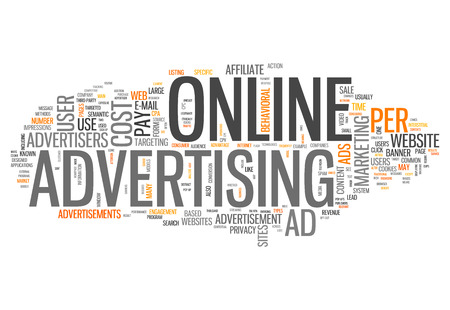
Nike has mastered the art of online brand management by understanding the importance of their online brand reputation. Failure to understand the importance of this creates a situation where any negative review could derail a companies public image and lead to consumers losing trust in the brand. Nike employs a few different strategies that when put together create the success they experience today. Some of these strategies will be explored in the blog post today.
Nike Support
While Nike has their own Twitter handle (@Nike) they also have a separate account specifically made to handle customer issues. This handle is @NikeSupport and by having an account specifically dedicated to handling customer issues they are able to respond to them quicker. Also by having all the customers issues contained within one account a consumer is able to scroll through the feed and see not only potential solutions to a problem they may have, but also see how Nike resolves customer issues. This goes a long way in shaping public perception and increases the level of trust consumers have in the business.
The Tagline
Ask anyone what’s the first thing they think of when they hear the word Nike and I’d make a strong assumption their answer would be “Just Do It”. This tagline is both iconic and something that resonates with almost everyone. Also, this tagline helps to create a relationship between the brand and consumers as it is actionable and speaks to people on an individual level. A chef and a runner would both look at the tagline “Just Do It” differently, but both would still understand that it is Nike that stands behind it.
Empowerment
From ads to Twitter feeds, Nike does a lot to empower its users, mainly women. Equipped with their own Twitter page, @Nikewomen, and ads that depict women as powerful and competitive, Nike that they appreciate their women audience just as much as their men. This is valuable as alienating an entire demographic would most likely have negative repercussions, such as a reduced public image.
Community Building
The last thing I want to touch on as to why Nike has mastered online brand management is in their use of hashtags. Nike has a variety of hashtags that they employ, such as #nikewomen and #justdoit. These hashtags help to build a community amongst their users. As users are able to view and share posts related to the hashtag of their choice. This community and connection amongst consumers helps build the loyalty to the Nike brand. As that loyalty grows, the brand itself also grows. When those grow the community also grows as more consumers enter the fray. This cycle is a big part in Nike’s online brand management. During this cycle the other components, like Nike Support, can rotate in and continue to strengthen customer loyalty. All these components work together and show that Nike has mastered the art of online brand management.

